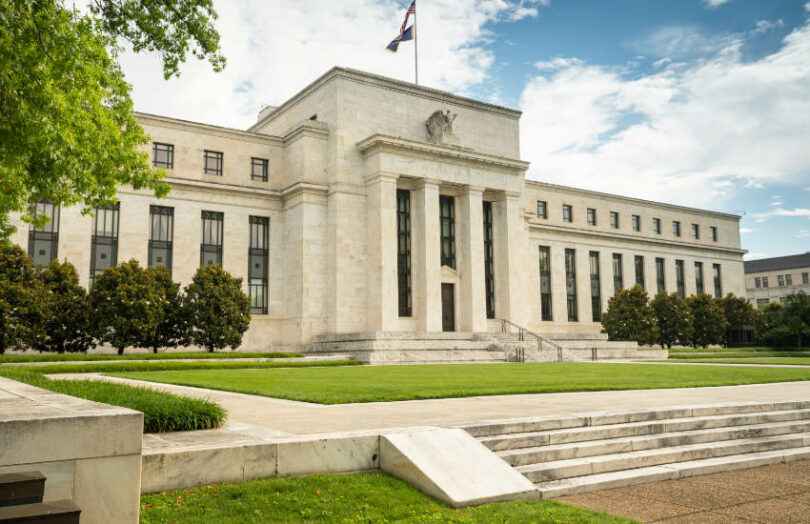Today the main U.S. banking regulators issued a joint statement about crypto-asset risks, particularly the liquidity risks of holding deposits for crypto exchanges and stablecoin reserves. The Federal Reserve, FDIC and OCC warn of potential rapid drawdowns in deposits.
It’s the second statement in less than two months after they highlighted a broad range of risks at the start of the year. That announcement was made on January 3, and two days later, Silvergate Bank revealed that its deposits had declined by 68% in a single quarter following the collapse of FTX and cryptocurrency clients withdrawing deposits.
The question is whether or not a particular event has triggered the latest warning.
Ironically, the regulators’ statement warns about rapid deposit movements due to “crypto-asset-sector-related market events, media reports, and uncertainty.” But there’s potential for these regulator statements to trigger a market reaction.
The big news in the stablecoin world this month was regulator NYDFS instructing Paxos to cease issuing new Binance USD (BUSD) stablecoins. The impact has been orderly partly because Binance held 80% of the tokens.
Before the BUSD issuance suspension, Paxos held about 4% of BUSD reserves in cash or around $600 million, which spiked to $1.4 billion around the announcement. That is significantly smaller compared to the larger USDC stablecoin, which holds about 20% of its reserves in cash or $10.5 billion at the end of last year. Those cash deposits are spread across seven banks, including the massive BNY Mellon, but some of those banks – including Silvergate – are not that big.
In other news, the FDIC has reported that 136 are already engaged in or planning crypto-asset activities.






